6 Strategies That Improve Reading Comprehension in Young Learners
February 11, 2025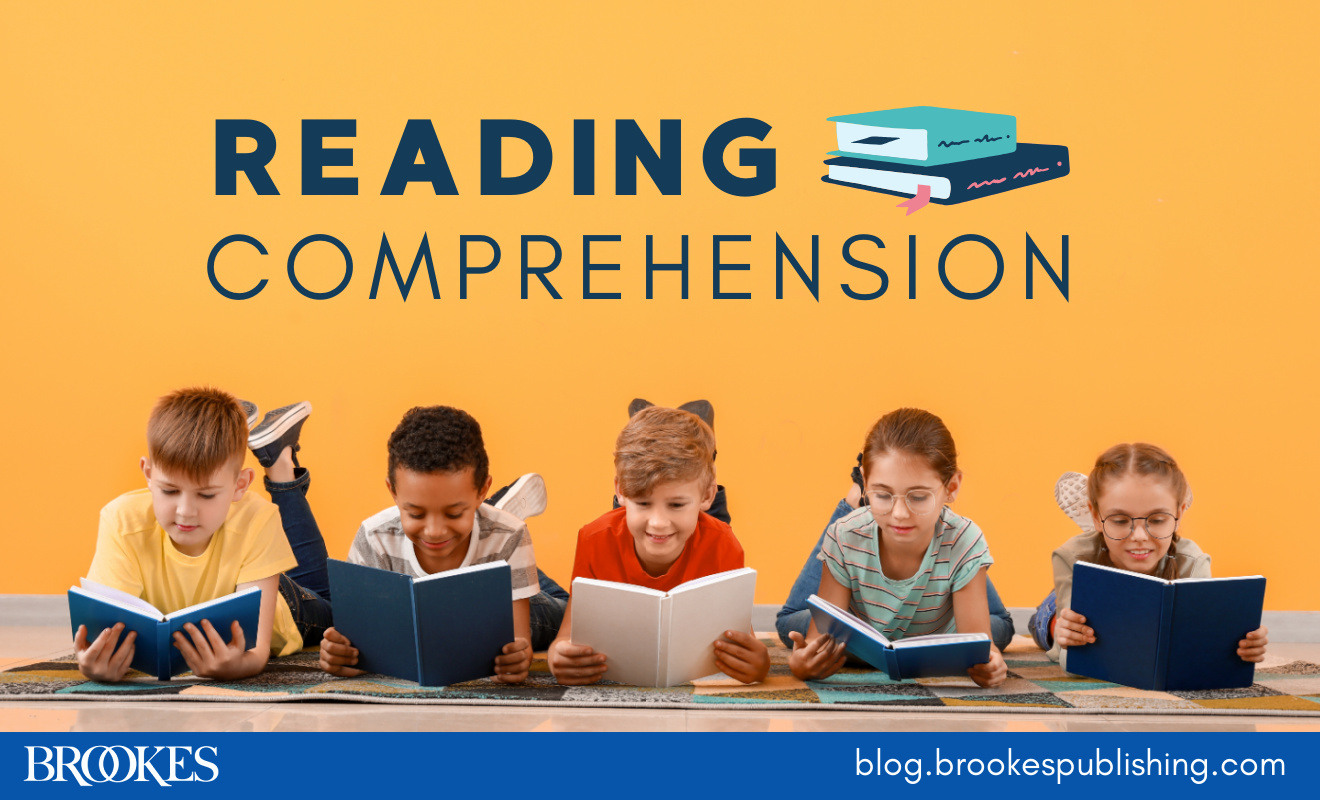
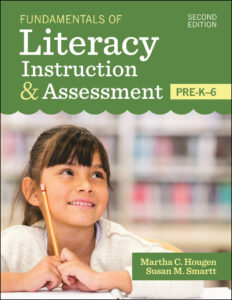 *Today’s post has been adapted from the chapter “Comprehension Instruction: Grades K–3” by Darcy Dycha and Holly Tate Rocha, in Fundamentals of Literacy Instruction & Assessment, Pre-K–6, Second Edition, edited by Martha C. Hougen & Susan M. Smartt, with invited contributors.
*Today’s post has been adapted from the chapter “Comprehension Instruction: Grades K–3” by Darcy Dycha and Holly Tate Rocha, in Fundamentals of Literacy Instruction & Assessment, Pre-K–6, Second Edition, edited by Martha C. Hougen & Susan M. Smartt, with invited contributors.
Reading comprehension instruction is critical in kindergarten and the early elementary grades. But often, teachers rely on asking students to answer questions about the text to check for comprehension. Effective instruction should go deeper, focusing on helpful strategies that research has identified as the most important for improving reading comprehension.
Today’s post outlines six strategies to focus on in Grades K-3—and offers tips for choosing books that will help you teach these core strategies to young learners.
Activating background knowledge/making connections
When reading, good readers make connections from the text to their background knowledge to help them comprehend. Activate students’ background knowledge by briefly discussing what the text will be about before reading it. This helps students think about their background knowledge and use it during reading. If students lack background knowledge about the topic you’ll be reading about, you may need to build it. Spend a few minutes each day for a week or two before reading to build student background knowledge of important concepts included in the text.
Tips for selecting books:
- Include narrative and expository texts in your instruction.
- Select texts with common themes or topics that most students will be able to connect to.
- Begin strategy instruction with fiction. Select stories that include themes students can relate to (being scared, going to school for the first time, friendship).
- Include examples of how good readers make connections while reading nonfiction. Select texts that contain topics that most students will be able to connect to (information books about dogs, school, family). Begin with simple texts that are written clearly and are easy for students to understand.
Creating mental images
Good readers create a mental movie of the text as they are reading. This movie constantly changes as the reader continues to read. Mental images include smells, tastes, sounds, sights, and how something feels to touch. Most mental images are formed by relying on background knowledge.
Tips for selecting books:
- Choose short pieces of descriptive text that students can connect to. For example, if most students have never seen a barn before, do not begin teaching mental imagery with a description of a barn. Gradually move to more abstract concepts after students have experienced success in using the strategy.
- Use a balance of fiction and nonfiction when teaching this strategy.
Making inferences
Authors do not directly provide all the information to the reader. If authors had to explicitly tell the reader everything, books would be too big to lift. Good readers use their background knowledge along with clues in the text to make inferences. The inferences fill in information not directly stated by the author.
Tips for selecting books:
- Begin instruction with simple fictional texts that have a balance of information that is directly told to the reader and information that must be inferred by the reader. The Frog and Toad series by Arnold Lobel is a great place to start.
- Nonfiction text that is written in a narrative form often lends itself well to teaching this strategy (e.g., The Emperor’s Egg by Martin Jenkins).
Questioning
Good readers are active readers. One way to stay engaged in the text is to be aware of the questions that come to mind while reading. Questions help provide a purpose for reading and also help the reader remember the text better. Questions often begin with who, what, when, where, why, and how.
Tips for selecting books:
- Begin strategy instruction with nonfiction texts you know your students will be interested in (e.g., a brief article about octopuses or skateboarding). TIME for Kids has good articles for various grade levels in both English and Spanish.
- Introduce fiction by finding a story you think will inspire students to ask questions.
Retelling/summarizing
Good readers can identify information that is most important in the text, and they can pull together key information and explain it in their own words. In fiction, readers retell key events from the beginning, middle, and end of the story in the correct sequence. They identify the main character, setting, problem, and solution. These story elements are critical for helping students to comprehend. With nonfiction, good readers identify the topic and main ideas of the text by differentiating between what is important and what is interesting. Good readers understand that nonfiction text is organized in many different ways (e.g., cause and effect versus a descriptive informational piece).
Tips for selecting books:
- Teach this strategy by focusing on either fiction or nonfiction for a period of time before teaching the other genre.
- For fiction, select texts that have few characters with a clear and direct plot.
- For nonfiction, begin with simple, straightforward informational texts. Headings and subheadings help students identify the topic and main ideas of the selection.
Monitoring, clarifying, and fixing up
Good readers know when their understanding breaks down and then do something to repair their misunderstanding. They reread the text and apply other strategies to “fix up” their confusion.
Tip for selecting books: Look for a variety of texts where you have seen students experience misunderstandings and confusions.
When beginning instruction on these strategies, keep in mind that it’s important to use texts in which multiple, clear examples of the strategy can be found. Avoid forced strategy use that may be unclear to students. For example, with early instruction on inferring, select texts that clearly allow multiple opportunities for the reader to make inferences.
Want to learn more about strengthening comprehension skills in younger and older students? Get much more information on reading comprehension instruction, interventions, and assessment in the comprehensive literacy text Fundamentals of Literacy Instruction & Assessment, Pre-K–6, Second Edition.

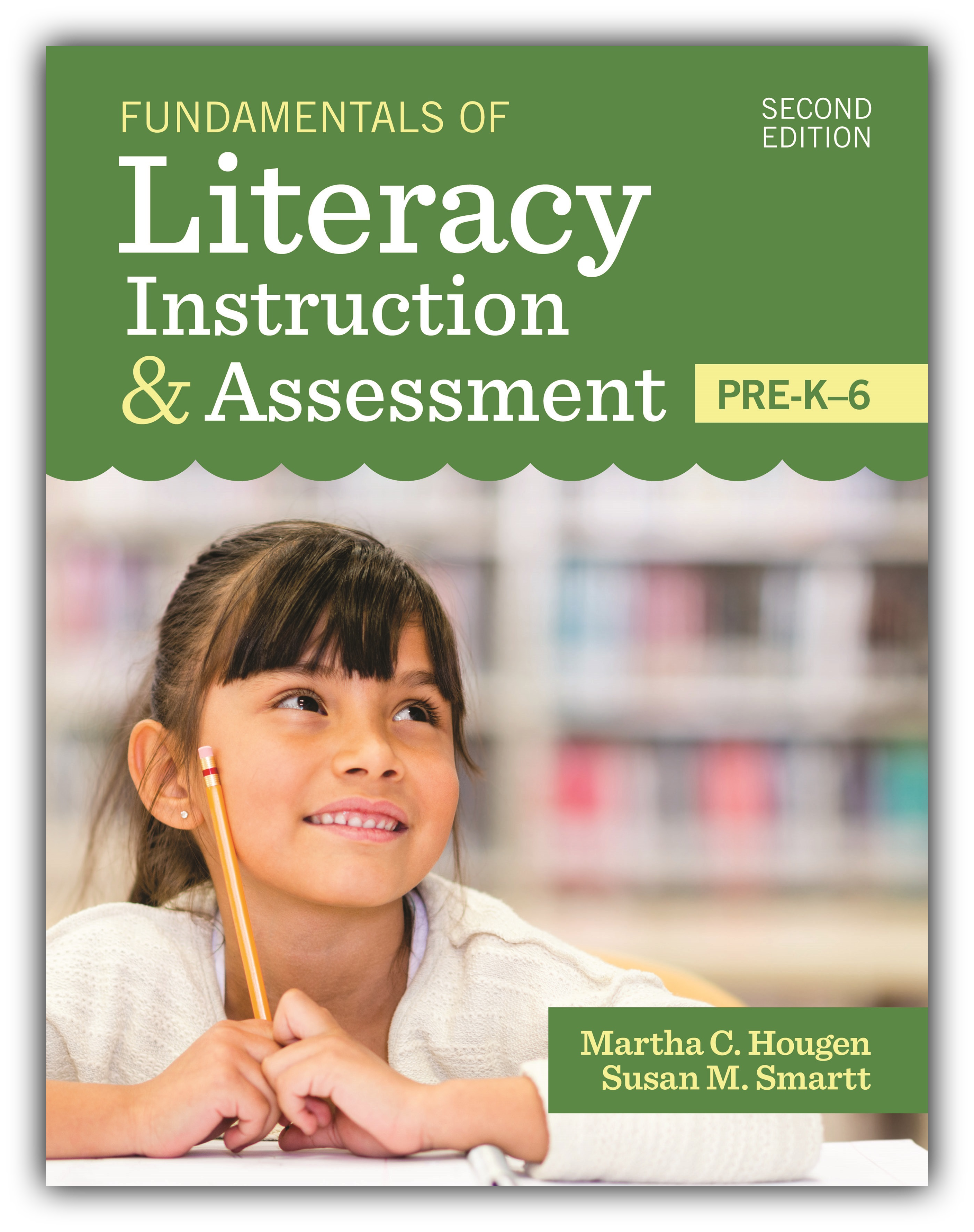
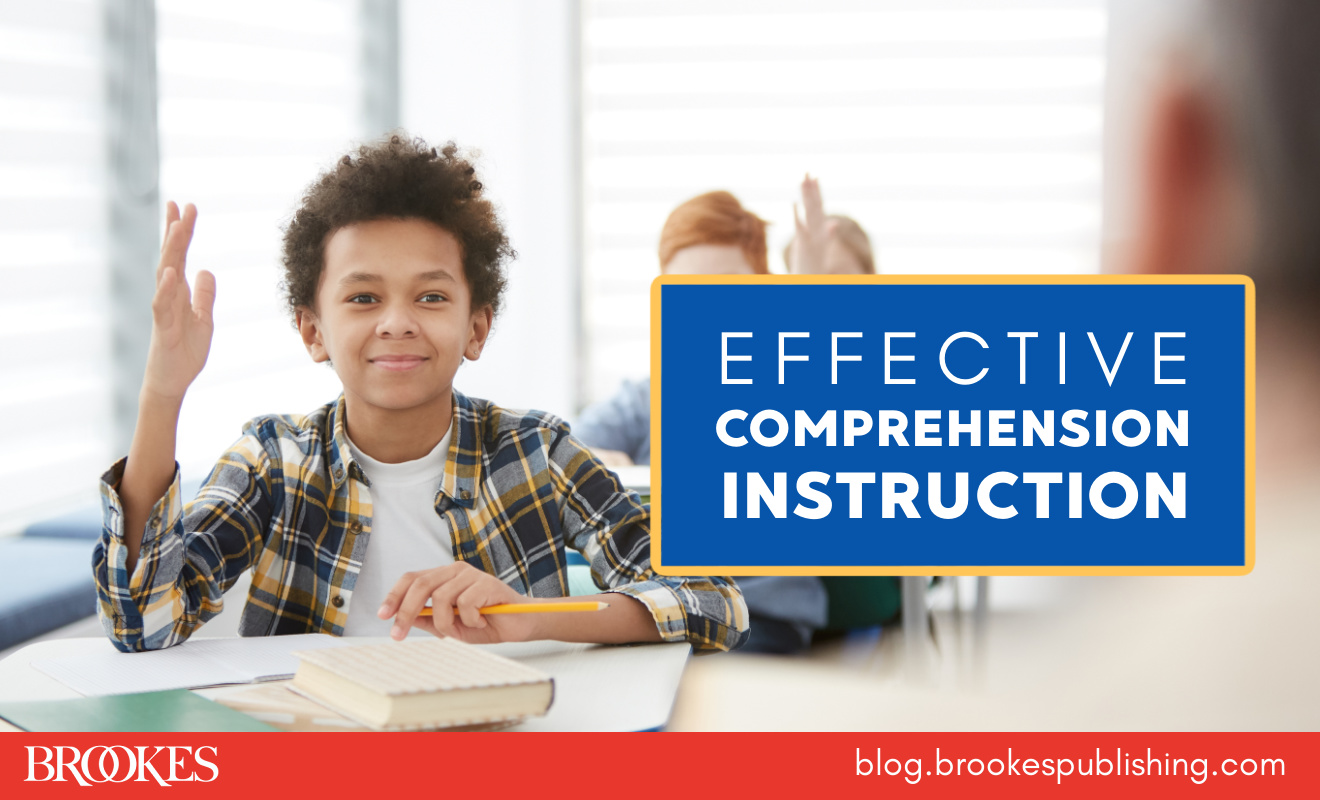
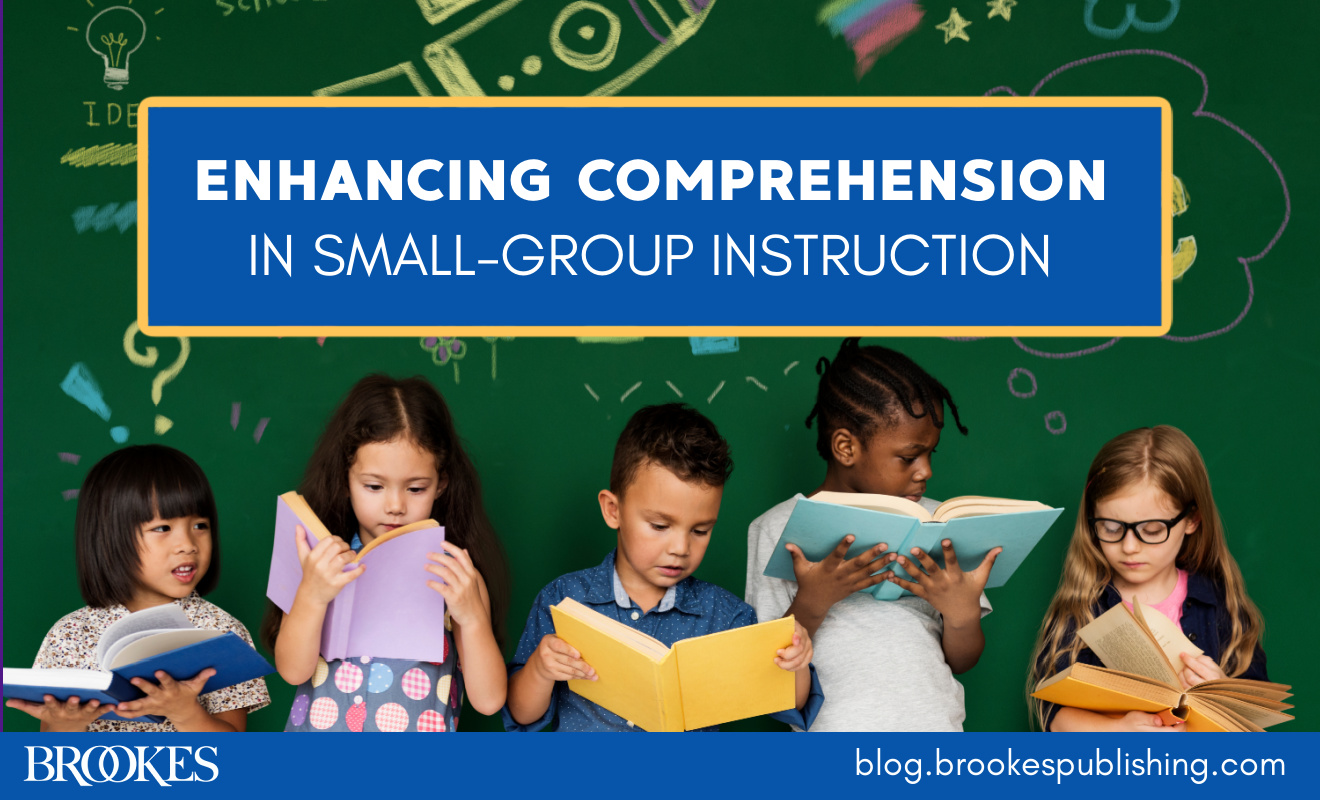
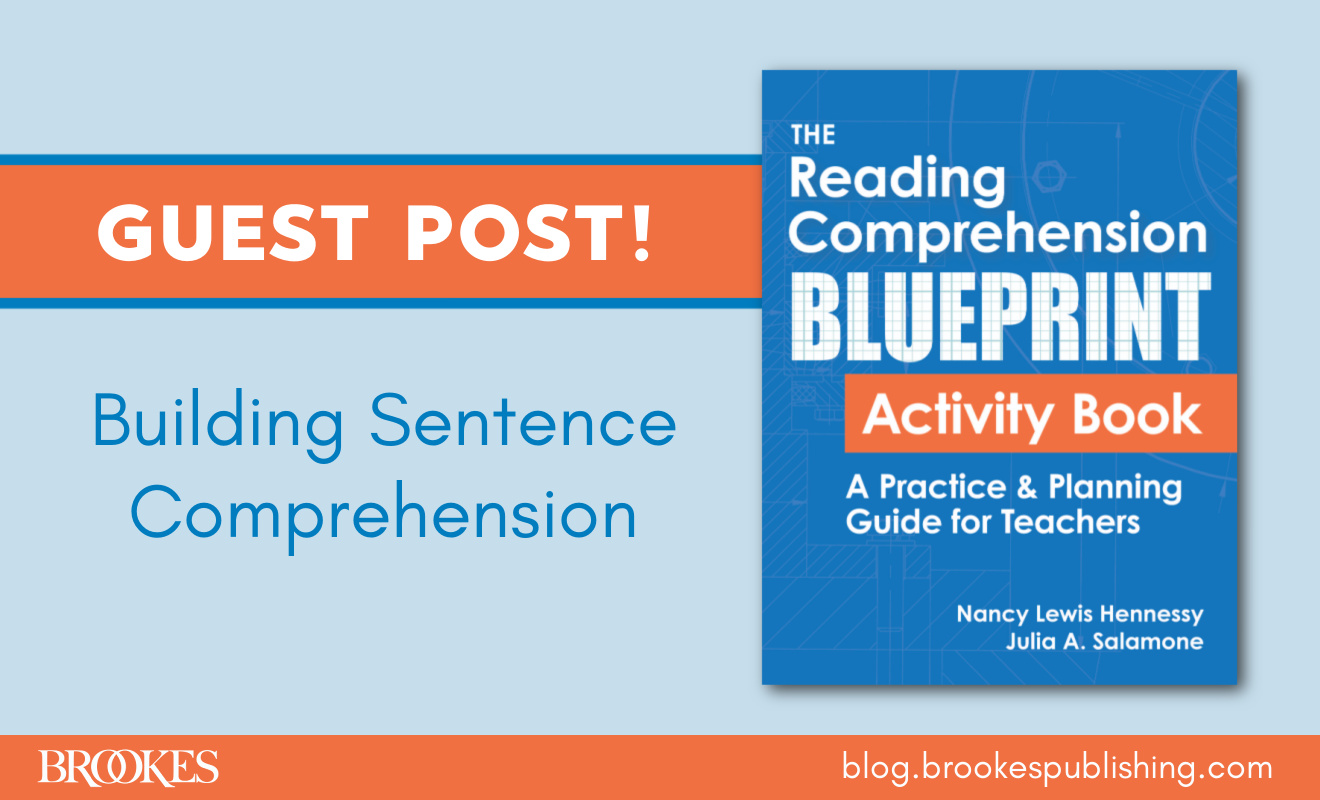
Write a Comment
Your email address will not be published. Required fields are marked *
Post a Comment